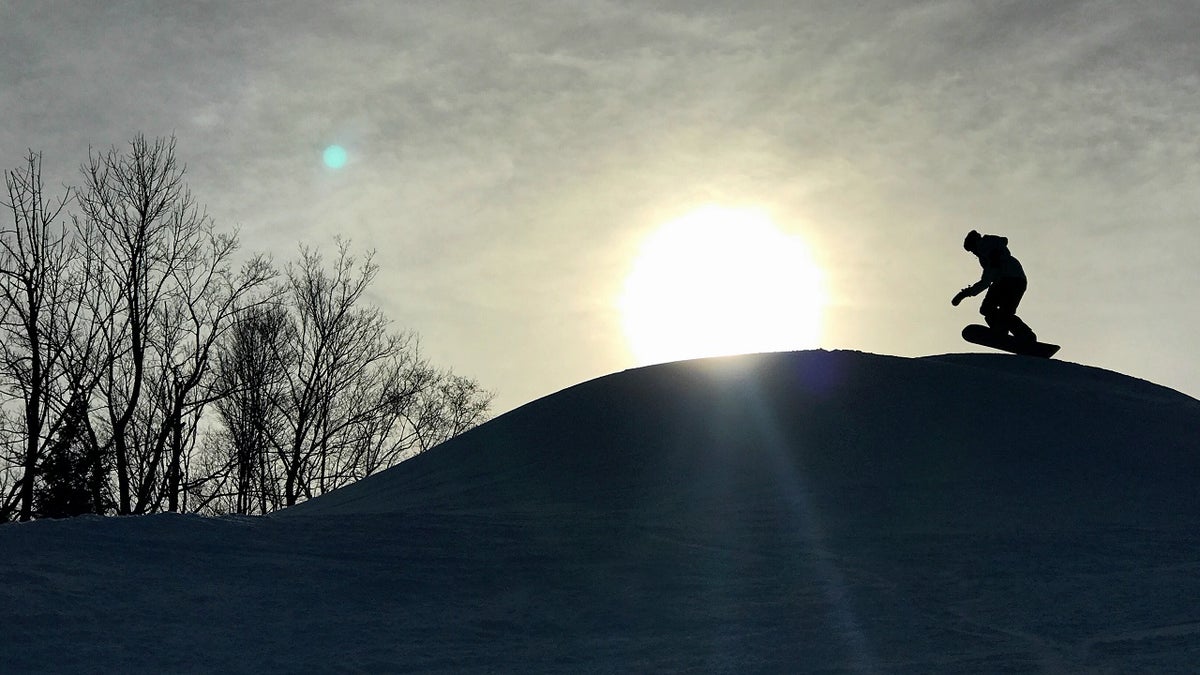
The winter solstice for the Northern Hemisphere will take place on Dec. 21, 2017. (REUTERS/Mine Segar)
The Northern Hemisphere’s winter solstice is just weeks away.
The 2017 event will take place on Dec. 21 at 11:28 a.m. ET, according to the Harvard-Smithsonian Center for Astrophysics. Read on for a look at what happens during the astronomical phenomenon.
What is the winter solstice?
“The winter solstice marks the shortest day and longest night of the year,” the National Weather Service says. “In the Northern Hemisphere, it occurs when the sun is directly over the Tropic of Capricorn, which is located at 23.5° south of the equator and runs through Australia, Chile, southern Brazil, and northern South Africa.”
The Northern Hemisphere -- which includes the U.S. -- is tipped at its furthest point away from the sun when the winter solstice takes place, according to NASA.
Not everyone around the world will experience the phenomenon on Dec. 21; the Southern Hemisphere will have its summer solstice, the longest day of the year, instead.
SUPERMOON WOWS SKY-GAZERS FOR ONLY TIME THIS YEAR
Will I notice anything special on the solstice?
“The only thing you would notice if you’re paying attention” is that the sun will be at its lowest in the sky around noon, said Dr. Noah Petro of NASA’s Goddard Space Flight Center.
“If you were watching the sun carefully,” you’d see that the sun’s path during the day is “gonna be the lowest you’ll ever see it,” Dr. Jackie Faherty, a senior scientist in the department of astrophysics at the American Museum of Natural History, told Fox News.
This includes where the sun sets, where it rises and the highest point it reaches, she explained.
NASA IS BUILDING A NEW ROVER TO LOOK FOR LIFE ON MARS
What else should I know about the winter solstice?
“The thing to celebrate on the solstice is that the days are starting to get longer,” Petro said. The Northern Hemisphere's summer solstice will take place on June 21, 2018.
“Although the winter solstice marks the shortest daylight period in the Northern Hemisphere, it’s not the day of the latest sunrise or earliest sunset,” NASA says. “Most places in the mid-latitudes see their earliest sunset two weeks before the solstice, while the latest sunrise is not until early January.”
